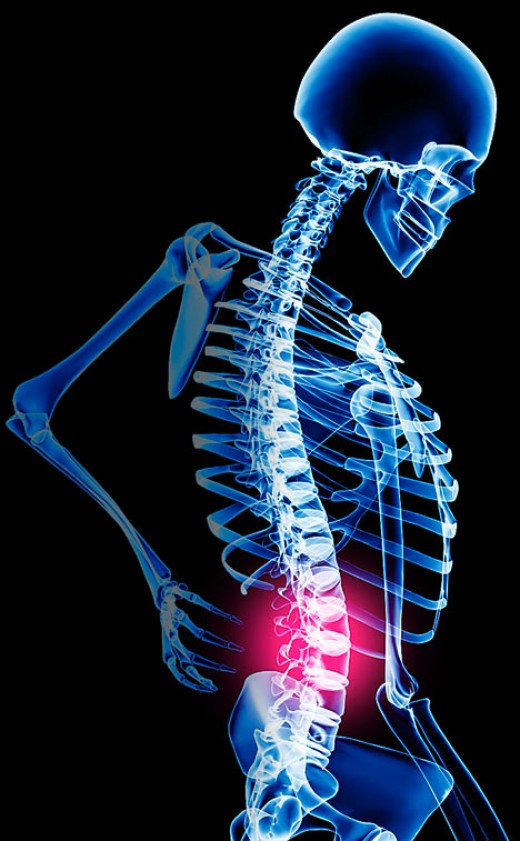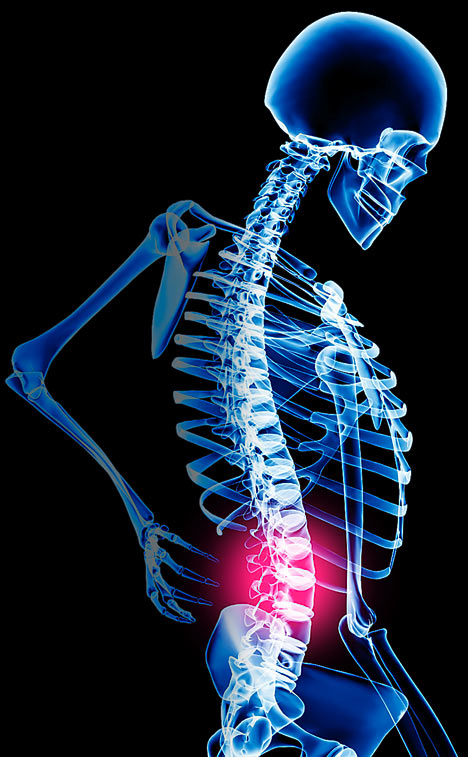

13 Furthermore, RA can decrease opioid side effects such as urinary retention, constipation, nausea, vomiting, ventilatory depression and sedation which have resulted in lower LOS. 12 Increased interest in RA has been mainly due to its improvement of pain management with relevant reduction in opioids consumption due to its opioid-sparing effect, decrease risk of addiction and opioid crisis. 11 Most RA techniques use local anesthetics (LA), in lower concentration than anesthesia methods, to reduce pain and produce the least possible impairment in mobility.

9, 10 Regional analgesia (RA) have been used to optimize pain management during the postoperative phase of TKA. 8 On the other hand, neuroaxial anesthesia reduces nausea, vomiting, cardiovascular and pulmonary complications and overall mortality when compared to GA. GA, historically, has been associated to high rates of postoperative nausea, vomit and delirium. 6, 7ĭifferent anesthetic approaches and combinations such us general anesthesia (GA), neuroaxial anesthesia (epidural or spinal) and/or peripheral nerve blocks have been used in TKA.

5 One of the facets that continues to require improvement is the relatively high incidence of postoperative severe pain, ranging from 10 to 36%, which produce dissatisfaction among patients after TKA, and increased hospital utilization. Altogether, the safety and general feasibility of cost-effective strategies across different TKA patient populations constitutes an area of increased interest and value. Centers for Medicare & Medicaid Services (CMS) finalized the 2018 Medicare Outpatient Payment System rule that removed TKA from the Medicare inpatient-only list of procedures. 3 Among the changes in practice in the last decade, we have seen a steady decrease in hospital length of stay (LOS), and a shift towards outpatient surgery. 1- 3 Therefore, increasing value of TKA has been an area of enhanced interest. View UH’s policy (PDF) on practitioner-industry relationships.Īs of December 31, 2016, Harpreet Singh did not disclose any Outside Relationships with Industry.Total knee arthroplasty (TKA) is a widely used method to treat end-stage osteoarthritis and other disabling knee conditions, and its demand is expected to increase to more than 1 million procedures by the year 2030 in the United States. We review these reports and implement management plans, as appropriate, to address conflicts of interest that may arise in connection with medical research, clinical care and purchasing decisions. In addition, practitioners report their industry relationships and activities, as well as those of their immediate family members, to the UH Office of Outside Interests annually. UH practitioners seek advance approval for certain new industry relationships. In providing this information, UH desires to assist patients in talking with their practitioners about industry relationships and how those relationships may impact their medical care. At the same time, UH understands that these relationships may create a conflict of interest. These practitioner-industry relationships assist in developing new drugs, devices and therapies and in providing medical education aimed at improving quality of care and enhancing clinical outcomes.
#DR YEP PAIN MANAGEMENT CLEVELAND OHIO PROFESSIONAL#
In addition, we disclose payments to employed practitioners of $5,000 or more from companies with which the practitioners interact as part of their professional activities.

At UH, we disclose practitioner and their family members’ ownership and intellectual property rights that are or in the process of being commercialized. University Hospitals is committed to transparency in our interactions with industry partners, such as pharmaceutical, biotech, or medical device companies.


 0 kommentar(er)
0 kommentar(er)
